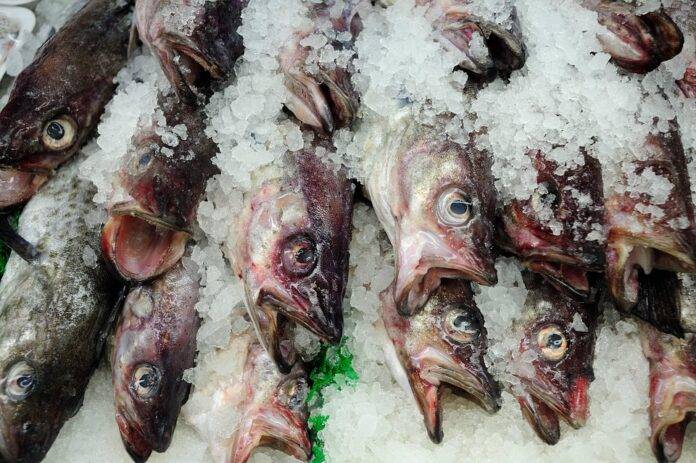The Impact of Climate Change on Global Seafood Logistics
Climate change is a pressing issue that affects various aspects of our planet, including the global seafood industry. In recent years, the impact of climate change on seafood logistics has become more apparent, leading to significant challenges for businesses involved in the transportation and distribution of seafood products.
Changes in Seafood Availability and Distribution
One of the key effects of climate change on the global seafood industry is the shift in the availability and distribution of seafood products. Rising sea temperatures, changes in ocean currents, and ocean acidification are altering the habitats of various marine species, leading to changes in their distribution patterns.
For example, certain species of fish that were once abundant in one region may migrate to cooler waters as temperatures rise, affecting the availability of these species in their traditional fishing grounds. This shift in distribution poses challenges for seafood logistics companies that rely on consistent supply chains to meet consumer demand.
Impact on Fishing Seasons and Volumes
Climate change is also affecting fishing seasons and volumes, further complicating seafood logistics. Changes in ocean temperatures and weather patterns can disrupt traditional fishing seasons, leading to fluctuations in the volume of seafood caught.
For example, warmer ocean temperatures may cause certain fish species to spawn earlier or later than usual, impacting the timing of fishing operations. This variability in fishing seasons can make it challenging for seafood logistics companies to plan and coordinate their supply chains effectively.
Rising Costs and Supply Chain Disruptions
The impact of climate change on global seafood logistics is also reflected in rising costs and supply chain disruptions. Extreme weather events, such as hurricanes and typhoons, can damage fishing vessels, processing facilities, and transportation infrastructure, leading to delays and disruptions in seafood supply chains.
Additionally, the need for adaptation and mitigation measures to address the effects of climate change, such as improved refrigeration systems or alternative transportation routes, can increase operating costs for seafood logistics companies. These rising costs can ultimately affect the affordability and availability of seafood products for consumers.
Adaptation Strategies for Seafood Logistics Companies
In response to the challenges posed by climate change, seafood logistics companies are implementing various adaptation strategies to ensure the resilience of their supply chains. These strategies include:
1. Diversification of sourcing: Seafood logistics companies are diversifying their sourcing strategies to reduce reliance on a single fishing ground or species. By sourcing seafood products from multiple regions, companies can mitigate the risks associated with changes in distribution patterns.
2. Investment in technology: Companies are investing in technology to improve the monitoring and tracking of seafood products throughout the supply chain. Advanced tracking systems and IoT devices enable companies to trace the origin of seafood products, monitor temperature and humidity levels during transportation, and ensure product quality and safety.
3. Collaboration with stakeholders: Seafood logistics companies are collaborating with stakeholders across the supply chain, including fishermen, processors, retailers, and government agencies, to develop coordinated response plans to climate-related disruptions. By working together, companies can share information, resources, and best practices to enhance the resilience of seafood supply chains.
Conclusion
In conclusion, the impact of climate change on global seafood logistics is a complex and multifaceted issue that poses significant challenges for businesses in the seafood industry. From changes in seafood availability and distribution to rising costs and supply chain disruptions, climate change is reshaping the way seafood logistics companies operate.
To address these challenges, companies must adopt proactive strategies to adapt to the changing environment and ensure the sustainability of their supply chains. By diversifying sourcing, investing in technology, and collaborating with stakeholders, seafood logistics companies can enhance the resilience of their operations and continue to meet the growing demand for seafood products in a changing climate.



